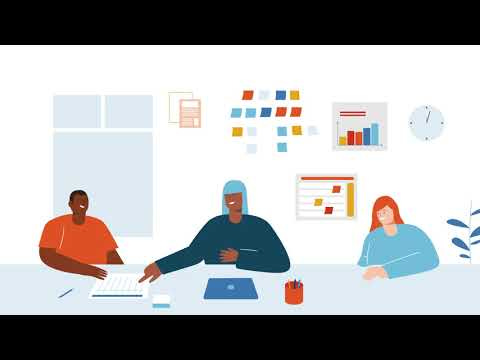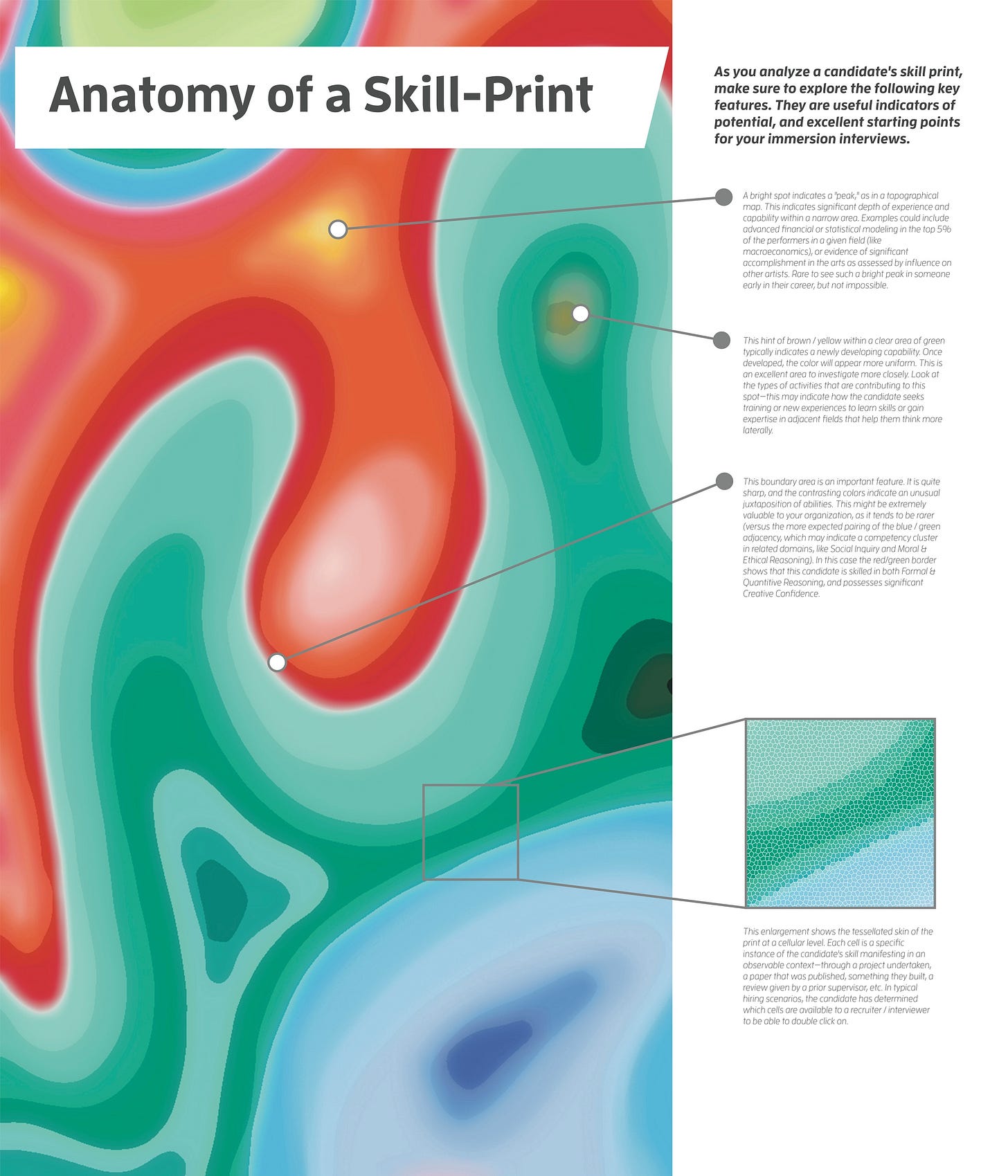To Reimagine Education, We Must Stop “Scaling Up”
It's not only not attainable; it's not how Nature works . . .
Over the past two decades in my work as an educator and school designer, I’ve heard one question more than any other: “It’s a great idea/school/program, but how can we bring it to scale?”
I’ve concluded that this question is not only annoying; it’s actively leading us astray.
But first, some context:
I’m not the only one suggesting that the way we think about scale is problematic. In 1996, Harvard’s Richard Elmore argued that any “ambitious large-scale school reform efforts, under current conditions, will be ineffective and transient.”
The problem of scale, he explained, is not because of some general resistance or failure of schools to change. After all, most schools are constantly changing — adopting new curricula, administering tests, and experimenting with different pedagogies. “The problem, then,” Elmore concluded, “lies not in the supply of new ideas, but in the demand for them. That is, the primary problem of scale is understanding the conditions under which people working in schools seek new knowledge and actively use it to change the fundamental processes of schooling.”
Nearly thirty years after Elmore’s warning, the challenge of bringing effective instructional practice to scale remains, as a 2016 study explained, “a pressing and elusive challenge for education systems around the world.”
And yet, we persist.
To wit: Brookings has created an Education Scalability Checklist -- a spectacular spreadsheet of linear cause-and-effect questions to consider.
There’s just one problem -- this is not how scaling laws work in the natural world -- which, much as we may not like it, includes us in its all-encompassing organic embrace.
There are more than eight million different species of life on earth right now, ranging from the microscopic to the magnificently large. And the good news is that when we look at all those examples, there are patterns we can learn from, and principles we can apply.
For example, did you know that the average number of heartbeats in any mammal is the same over the course of their lifetime -- whether it’s the dizzy flutter of a Shrew (1,000 heartbeats per minute over as little as a year) or the slow steady beat of a Blue Whale (as little as two beats per minute, over as much as a century)? Living things, in other words, do have certain characteristics that scale with size.
But Nature’s scaling law is nonlinear (sorry, Brookings), which means that a system’s measurable characteristics do not simply double when its size is doubled. As physicist Geoffrey West has explained, “Scaling simply refers, in its most essential form, to how a system responds when its size changes.” And while there are remarkably similar ways in which companies, tumors and human bodies work, the pace of life systematically decreases with increasing size, and there are fundamental constraints as to how large they can actually get.
Centuries ago, Galileo observed the same principle. “The smaller the body the greater the relative strength,” he noted. “Thus a small dog could probably carry on his back two or three dogs of his own size, but I believe a horse could not carry even one of his own size.”
This feels like the world we have created for ourselves in public education. We behold the small, scrappy dog, endeavor to turn it into the heavy, hulking horse -- and then wonder why it collapses under its own weight.
In response, West and others have made what may feel to some like a radical recommendation: Go big by getting small (again).
Of course, this means nothing if in our efforts to devolve, we keep tracking the wrong metrics (sorry, standardized reading and math scores). But the big secret is that every educator already knows that literacy and numeracy are valuable -- and overvalued.
For our work to really matter, each school must decide which skills and habits of mind it wants its graduates to embody -- and then align everything it does with allowing those skills to take root.
The good news is that this is already happening -- a thousand flowers, blooming a thousand different ways, in a thousand different places.
That’s the path forward, because that’s the real lesson of nature -- not that bigger is better, but how we are at the small scale is how we are at the large scale.
Scaling up, therefore, is not only the wrong question -- it’s a fool’s errand.





Great post and couldn't agree more. It's been suggested to me that we might reframe the analogy also. Rather than think about "scale" in the way software scales (copy paste 1 billion times), we might think about how civil engineering "scales" -- that is to say, certain principles scale, but how you implement/actionalize them in different contexts varies dramatically based on that context. I'll leave it there for now bc you probably get it!
Love it!